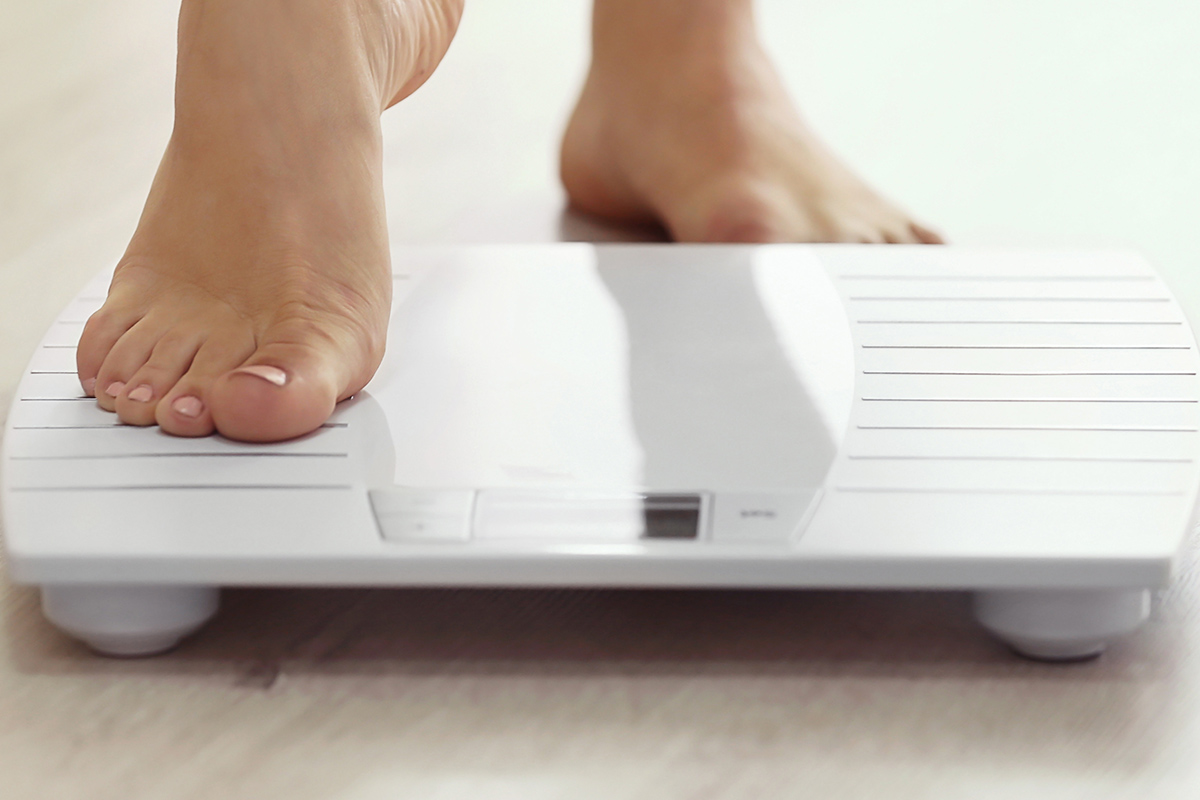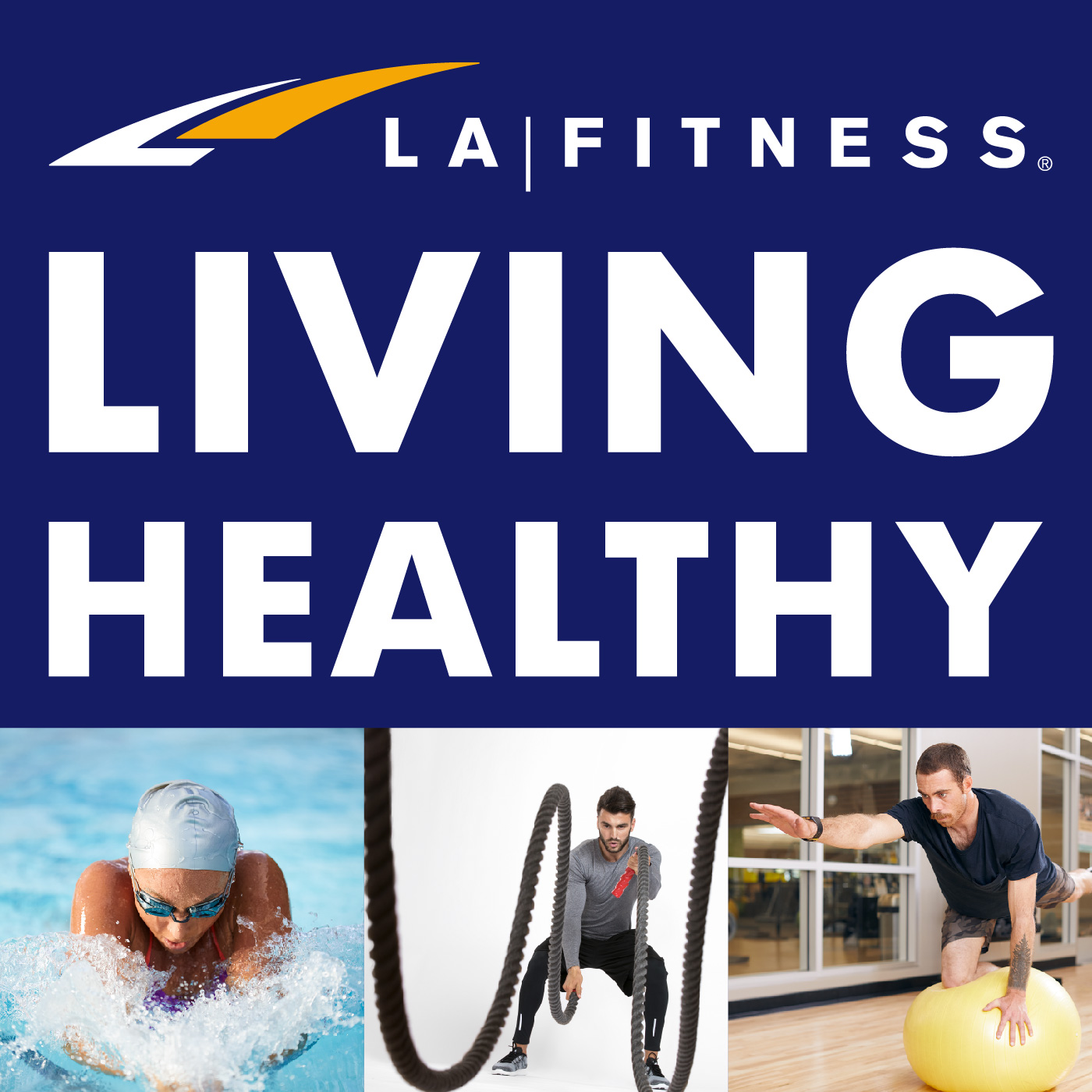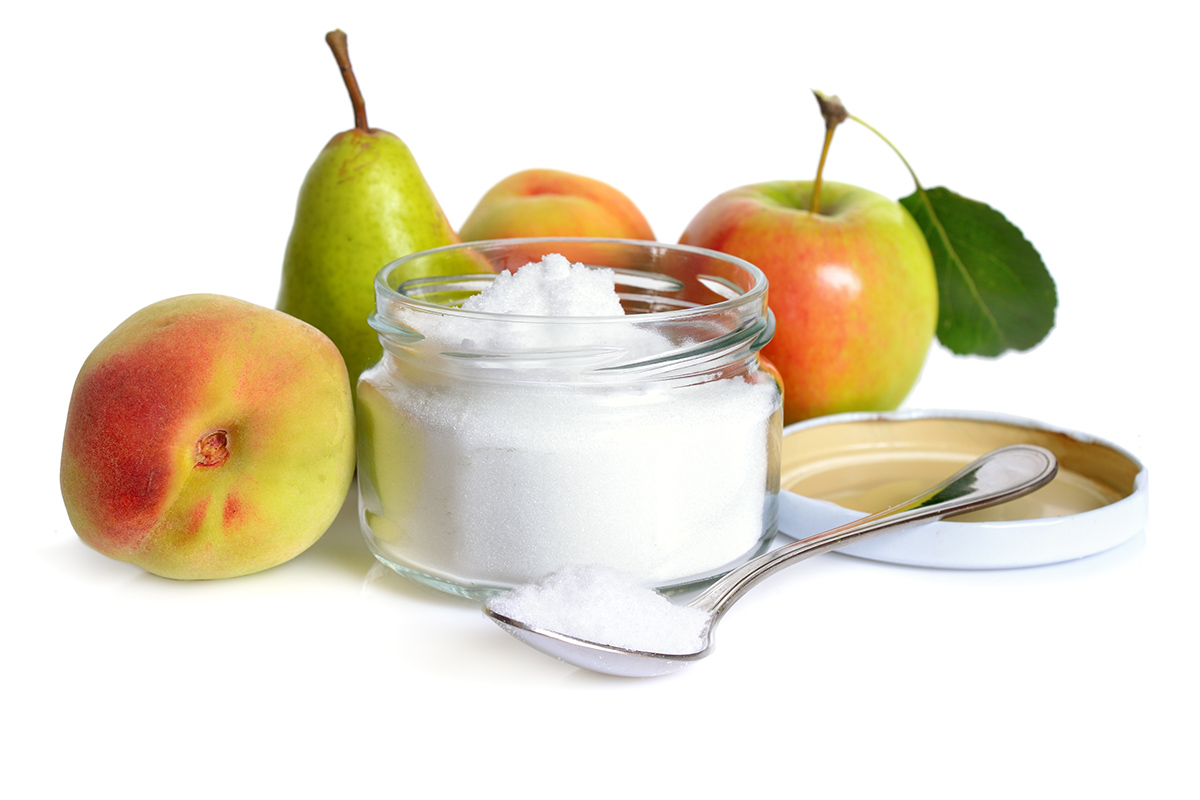I was very skeptical at first, I mean, I knew how to work out so what benefit would a gym bring to me? We started with a daily exercise class routine, from Body Works Plus Abs, to Power Circuit, to Cardio Jam, to Boot Camp Conditioning. After the first week, I signed up for the annual membership and have been very active since. We have now added yoga to our routine and attend a class 6 days a week. My current weight is 165 pounds, and I feel fantastic!”
Like Henry, many people who want to make changes to their health and fitness don’t know how to navigate all that the gym offers. For him, what worked was to pretty much try everything! He eventually found a routine he enjoyed and customized his workout schedule to include his favorite exercises or classes.
The other major influence was the support of his gym companion. Having someone to attend class with can be a great motivator, can help keep you accountable, and can help push you through the last 5 minutes when your body would much rather quit.
What’s Next for Henry?
“The only next step is to maintain what we have built. Perhaps a role as a motivational speaker at LA Fitness?”
Henry, you may be closer than you think! Just by sharing your story, others who aren’t sure where to begin can look to your success story.
A Piece of Advice
If Henry could offer you a piece of advice from what he learned along his journey, he wants to emphasize discipline.
“My dad was an MP at a Marine air base, so I knew the meaning of discipline from a young age. As I have gotten older, this has become necessary to maintain the routine. There have been days where I really didn’t want to attend a class, but I convinced myself the reward was worth the effort. My wonderful woman agrees!”
Closing Thoughts
The major takeaways from Henry’s story are:
- Try as many classes as you can to find what works best for you
- Having a gym buddy can be a great advantage
- It is important to cultivate the discipline needed to maintain your new routine
Do you have an inspirational story you’d like to share with us? Email us at blog@lafitness.com for a chance to be featured in an upcoming post!




 Have a nutrition question? Our registered dietitian is ready to help!
Have a nutrition question? Our registered dietitian is ready to help!
















